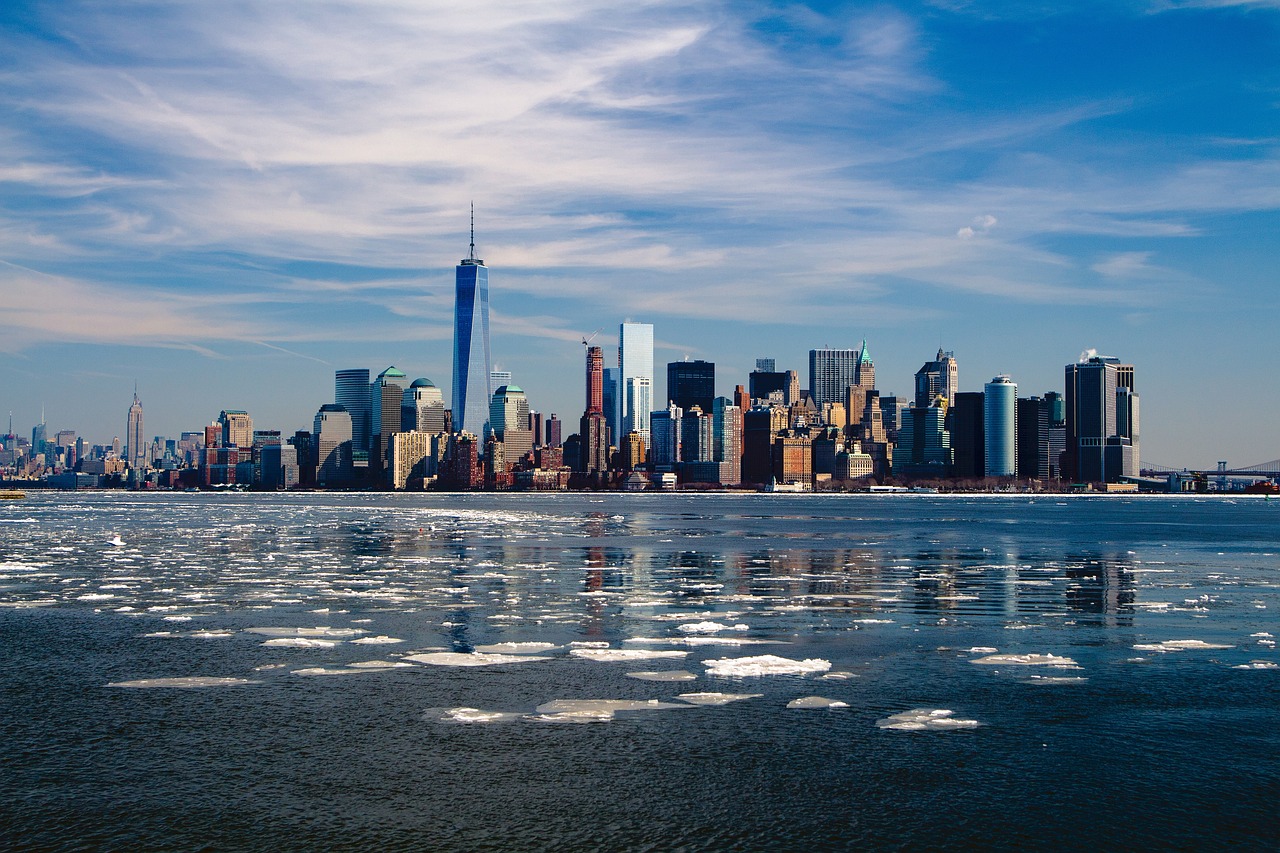
Pre-reading questions:
- Have you ever been to New York City? If so, what comes to mind when you think about it?
- Would you like to live or work in New York someday? Why or why not?
Vocabulary:
- significant /sig-NIF-i-kuhnt/
- contribute /kuhn-TRIB-yoot /
- tackle /TAK-uhl/
- rapid /RAP-id/
- strategy /STRAT-i-jee/
[adjective] – important or noticeable
The teacher’s instructions were significant in guiding the students through the classroom activities.
[verb] – to be one of the reasons why something happens
The excessive use of plastic contributes to environmental pollution.
[verb] – to try to deal with something or someone
The city government is working tirelessly to tackle the issue of homelessness and provide support to those in need.
[adjective] – fast or sudden
He quickly solved the puzzle with his rapid thinking.
[noun] – a detailed plan for achieving success in situations such as war, politics, business, industry, or sport, or the skill of planning for such situations
The company implemented a new marketing strategy to attract more customers.
Article reading:
The sinking of cities due to rising sea levels is a worldwide issue, as seen in Jakarta’s capital relocation due to rapid sinking. Researchers studied 99 cities globally, examining the effects of urban construction on coastal land sinking. Using computer models and satellite data, they estimated sinking rates and identified vulnerable areas. New York City, with its densely populated infrastructure in low-lying zones, is especially at risk. Understanding landscape changes is vital to developing strategies to reduce the impact of future sea level rise.
Comprehension questions
- What are the two interconnected issues that New York City is currently facing?
- How fast are the local sea levels rising compared to the global average?
- Which areas of New York City experience sinking at a faster rate, and why?
- What factors contribute to the sinking of New York City?
- What global issue does the sinking of cities due to rising sea levels represent?
Discussion questions
- Have you ever been to New York City? If so, what comes to mind when you think about it?
- Have you come across any information regarding the rising sea levels and sinking buildings in New York City? If yes, where did you encounter this information? If not, were you surprised to know about it?
- Do you think it is important to address the impact of rising sea levels and sinking buildings in urban areas like New York City?
- In your opinion, what should be done to address the challenges of rising sea levels and sinking buildings in cities like New York?
- What do you think are the potential consequences if the challenges of rising sea levels and sinking buildings in cities like New York are not adequately addressed?